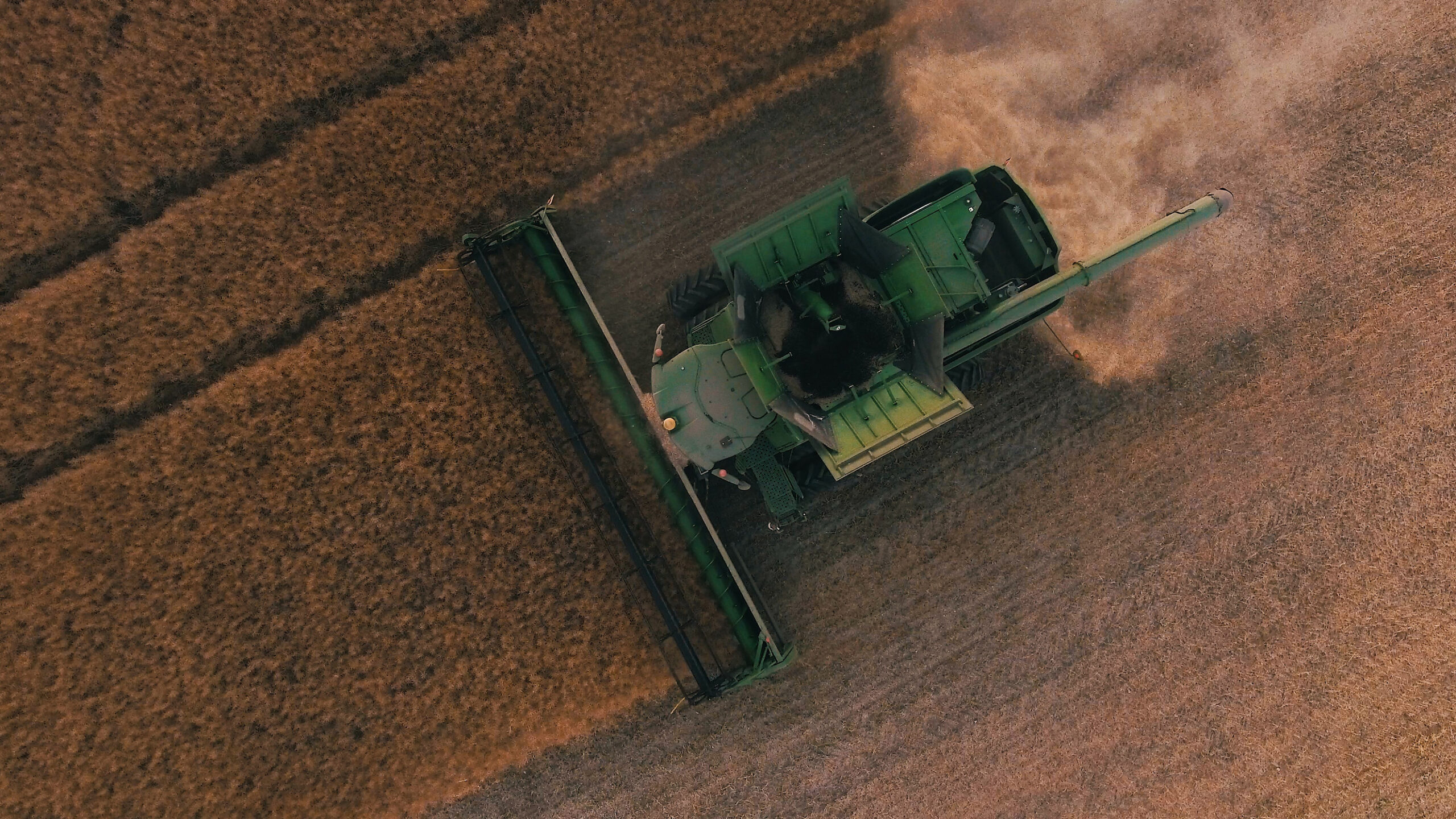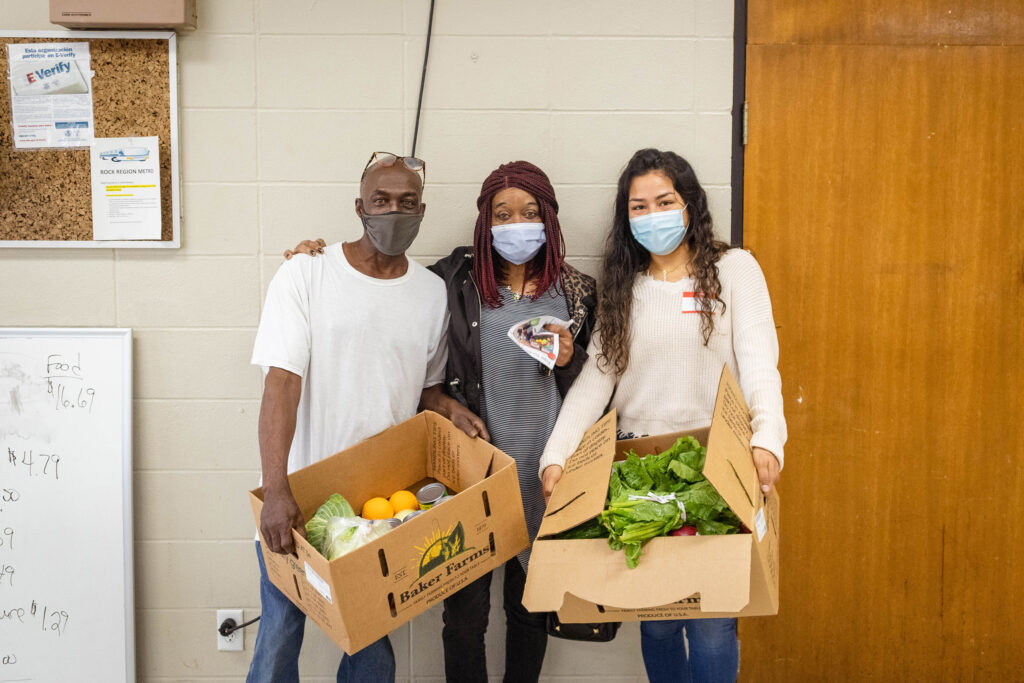4 minute read
“Super Size Me”
Fast, cheap, supersized food has been running through America’s veins since sliced bread was invented. Also driving the heartbeat of America is innovation and making everything bigger and cheaper. The popular Netflix series History 101 explains that culture shifted after World War II from mom cooking 1,095 meals a year to eating out due to higher disposable income, entertainment value, and convenience. Supply chains shifted and convenient food became cheaper with increased production. The US government began funding farmers to grow high energy-dense commodities like corn, soybeans, and wheat to fuel rising demand (1).
One study discovered the American diet now derives close to 40% of daily energy (calories is the way we measure the energy in food) from added sugars and fats.
With such a high ratio it’s no wonder why the U.S has the lowest-cost food supply chain in the world (2). That begs the question, who suffers the most from this low-cost, high-energy dense food system?
Low-income households.

A system turned upside-down
Refer back to the beginning of the first paragraph; it was higher disposable income that allowed for convenient consumption of fast food. Fast-forward to today. Processed, high energy-dense foods are still convenient, but add to convenience, affordability and accessibility. And it’s not just fast food, but grocery store shelves are loaded with calorie heavy products.
Now the tables have turned. People with lower disposable income are consuming this low-nutrient food. But do they have a choice or has the low-cost U.S. food supply chain inevitably determined what the low-income households can purchase?
Why there is little choice
Harvard researchers discovered that the healthiest diets were $1.50 more expensive than the least healthiest diets (3), so the actual cost of a healthy diet, independent of location, is higher.
However, there is a general food price gap by location, too.
We see that inner-city grocery stores, where many low-income communities are, have 4% higher prices overall than suburban areas due to less competition, less mobility for clients to respond to higher prices, and smaller stores with higher margins and therefore higher costs (4).
The giant beast of subsidized farming

Consider the role government-subsidized farming plays on the price of food. A subsidy is money that the US government gives to farmers to protect against changing prices in crops and smaller crop due to things like natural disasters. There are a few crops that the government greatly assists because US farmers are very efficient at producing them: wheat, soybeans, and corn (5).
Large farms will grow these highly government funded crops and grow less crops like fruit, vegetables, and other grains. This drives the cost of processed, pre-packaged foods down while increasing the cost of much-needed nutrient rich produce.
Many Arkansans do not get the nutrition they need
So, families with low-incomes, attempting to keep a food budget with a low salary or government assistance, will be primed to purchase energy-dense foods, at higher proportions, containing grains, added sugars, and added fats (6).
And when they live in a food desert, the chances that they will find healthy fruits and vegetables decreases greatly. Typically only convenience stores occupy retail space in food deserts. Furthermore, price is not the only point to consider. Taste, nutritional knowledge, and confidence in cooking healthy meals are motivating when choosing food, too.

The bottom line
Changes in the food system from the top down through Government policy is a complex and difficult process. In the meantime grass-roots and state-level action is vital for impacting the statistics now.
We bridge the gap
Well Fed is strategically set up as a mobile healthy food and nutrition education non-profit for this exact reason.
- We work with local and state partners for health food access. We provide fruits, vegetables, grains, dairy, and meat directly to low-income communities. These are all products that tend to be expensive or inaccessible.
- We partner with nutritionists. We educate how to shop smart, cook healthy, and know the nutritional value of their food.
Whether or not healthy food prices decrease, the US government starts to subsidize healthy food, or more inner-city grocery stores open up and the general price of food decreases, Well Fed will be innovating programs and serving underserved, low-income communities in Arkansas.
Take action today.
Get Involved
Article by Peter Heil, Development Director
Unsplash / Nathalia Rosa & Scott Goodwill
Sign up for our newsletter to see more like this
Subscribe





































